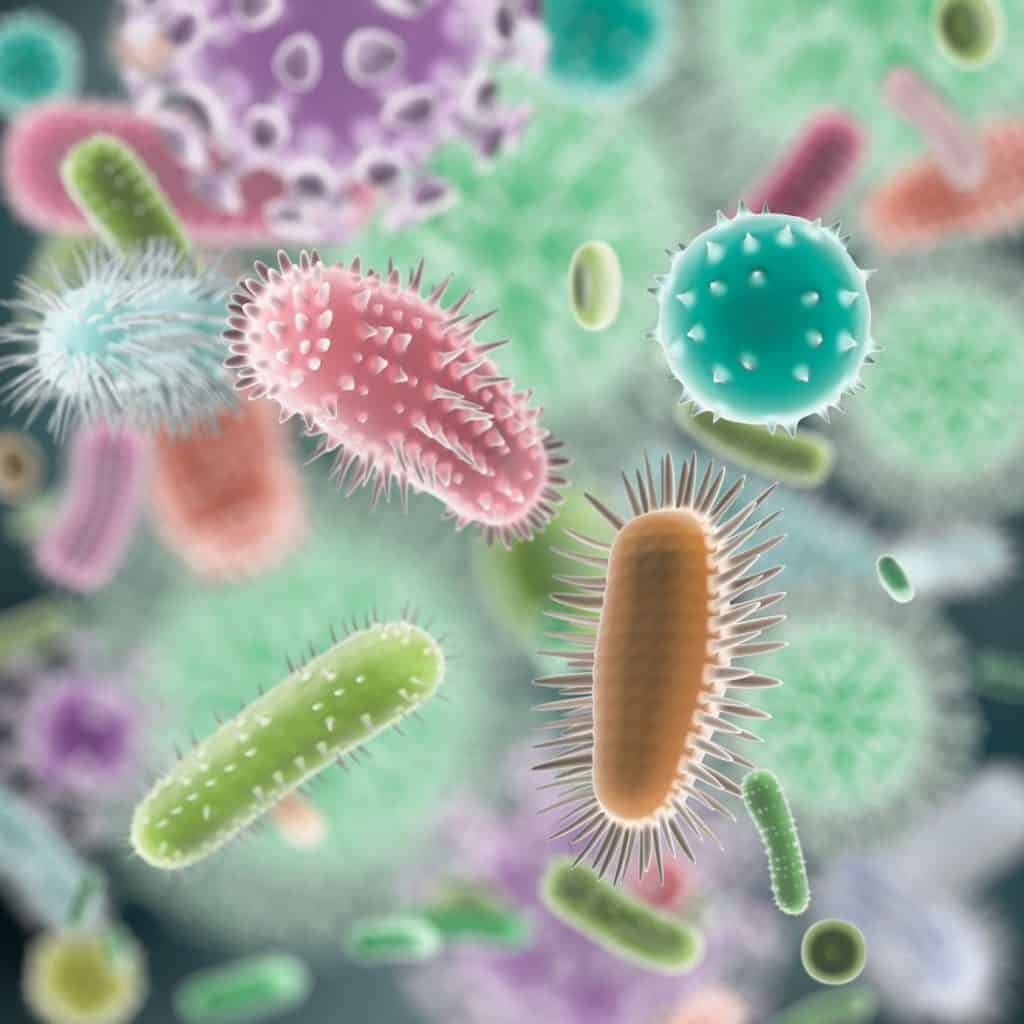Choosing the right probiotic strains

One acidophilus is not equal to another acidophilus. Increasing evidence proves that choosing the right probiotic is all about finding the right STRAIN of friendly bacteria rather than a generic type of probiotic. Here’s the lowdown on how to choose the right probiotic strains.
The only probiotics worth taking are those that contain live bacteria. The range that we stock at The Natural Health Hub go one step further: they contain strains of bacteria chosen specifically for different groups of people and for different reasons. Recognising that different types of friendly bacteria can have different properties (and that growing research continues to demonstrate this), we aim to offer everyone a specific supplement to support their individual needs. When it comes to live cultures it is definitely not a question of ‘one-size-fits-all’!
What are probiotic strains?
Many people (healthcare professionals included) misunderstand the definition of a ‘strain’. The term ‘strain’ refers to a biological variety within a species; a species in turn exists within a genus. For example, the name Lactobacillus acidophilus Rosell-52 tells you:
- the name of the genus: Lactobacillus
- the species: acidophilus
- and the strain: Rosell-52
Different manufacturers use different strains, although these may be of the same species and genera; meaning that one acidophilus supplement is not equal to another acidophilus supplement. It is hence best to choose a live culture supplement that uses robust, well-researched strains.
Many of Optibac’s strain names include ‘Rosell’ as they originated from, and have been rigorously tested by, the leading firm in the field, Institut Rosell. The example above, L. acidophilus, is thought to be one of the most researched live culture strains in the world.
Viable, effective probiotic strains
As well as selecting the optimum live culture strains to target your personal health needs it is important to consider the viability and efficacy of the strains themselves. The strains must be alive at the time of consumption, and must survive your stomach acidity and bile salts to reach the intestines. It is also important that the strains are capable of adhering to the gut wall lining, so they can in turn multiply and colonise the gut with good bacteria. The OptiBac live culture strains undergo numerous in-vitro (lab) tests documenting their viability at room temperature, their ability to survive the acidic stomach environment and bile salts and their adhesion capabilities inside the gut.
Probiotic strains and how they work
Lactobacillus acidophilus NCFM is thought to be the most well-researched L. acidophilus strain in the world, with over 45 clinical trials. NCFM stands for the North Carolina Food Microbiology research laboratory, where it was first identified in the 1970s. Lactobacillus acidophilus NCFM is the key ingredient in the For Every Day EXTRA STRENGTH probiotic with 20 billion live micro-organisms per capsule.
Bfidobacterium lactis BB-12 is probably the world’s most well-researched strain of the entire Bifidobacteria genus. It has been trialled and shown to be safe for a number of different populations, and has been shown to be gentle enough for pregnant women, children over one year old and the elderly. Bifidobacterium lactis BB-12 is the key ingredient in Bifidobacteria & Fibre, which is our probiotic with the highest fibre content.
Lactobacillus reuteri RC-14 and Lactobacillus rhamnosus GR-1 is a unique combination of strains that has been clinically proven to reach the intimate area of women alive. This combination of strains (the two have mostly been trialled as a pair) has over 30 years of clinical research, in more than 26 clinical trials including over 2,500 women. Find Lactobacillus reuteri RC-14 and Lactobacillus rhamnosus GR-1 in the For Women probiotic.
Bifidobacterium infantis Rosell-33 has been scientifically demonstrated to reach the guts of children alive. Unlike L. acidophilus, B. infantis mainly resides in the large intestine or colon of children. Bifidobacterium infantis Rosell-33 is the chief ingredient in For Babies & Children.
Lactobacillus rhamnosus Rosell-11 and Lactobacillus acidophilus Rosell-52 is an incredibly well-researched combination of strains. combination of friendly bacteria has over 31 clinical trials in support of them, and have been scientifically proven to reach the gut alive, even during a course of antibiotics. Find Lactobacillus rhamnosus Rosell-11 and Lactobacillus acidophilus Rosell-52 in For Every Day and For Those on Antibiotics.
Conclusion
All in all it is very important to look at friendly bacteria according to the probiotic strains they contain, rather than merely on the genus and species.
For more advice on the benefits of probiotics and choosing the right one for you, pop in any time. Alternatively, for a full consultation on your gut flora and probiotic needs, visit our naturopathic nutritionist Rhi Hepple.
